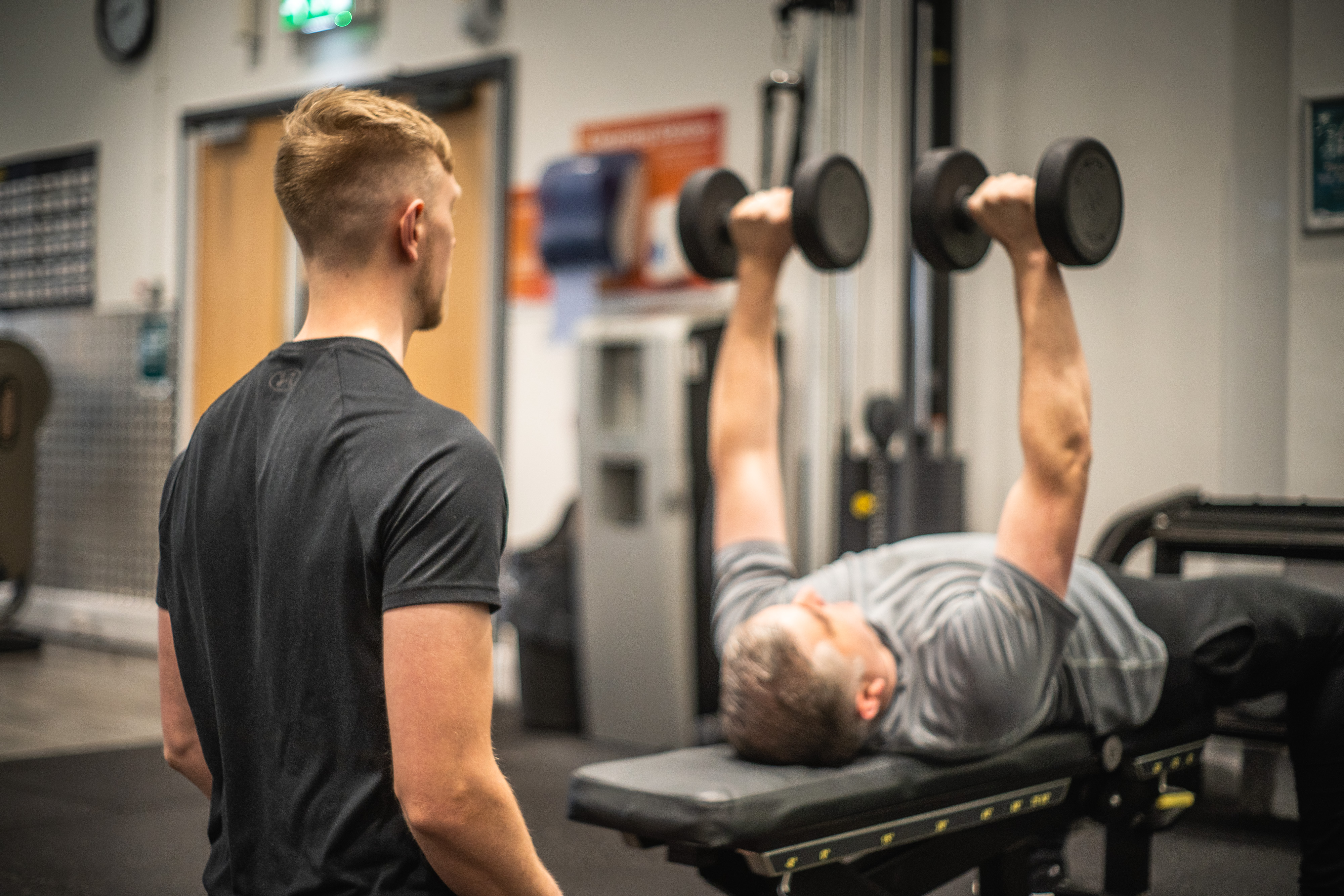JAMES OSBORNE Coaching
Strength
CONDITIONING &
Performance
I will make sure you feel like you have a professional coach next to you during every session, even when I am not with you. As your coach it is my job to identify what motivates you, set the parameters and targets & then tailor the advice to exactly what you need.
James Osborne Coaching
Strength
CONDITIONING &
Performance
Years of experience.
clients trained.
client satisfaction.
Packages.
What my clients say












Who is
JAMES
OSBORNE?
I'm James Osborne, a Personal Trainer with over 10 years of experience delivering elite coaching and long-lasting results. I've helped more than 100 clients build sustainable lifestyle changes through strength development, fat loss and improved fitness. My mission is simple: start training, build confidence, see results.
My mission is simple:
|
What is personal training?
Personal training is about more than workouts — it’s about creating lasting change. It’s about starting the right way, building real confidence & getting results that actually matter. With my coaching and support, training becomes a foundation for greater strength, improved health and a bulletproof mindset that carries into every part of your life.
Personal training is about more than workouts — it’s about creating lasting change. It’s about starting the right way, building real confidence & getting results that actually matter.